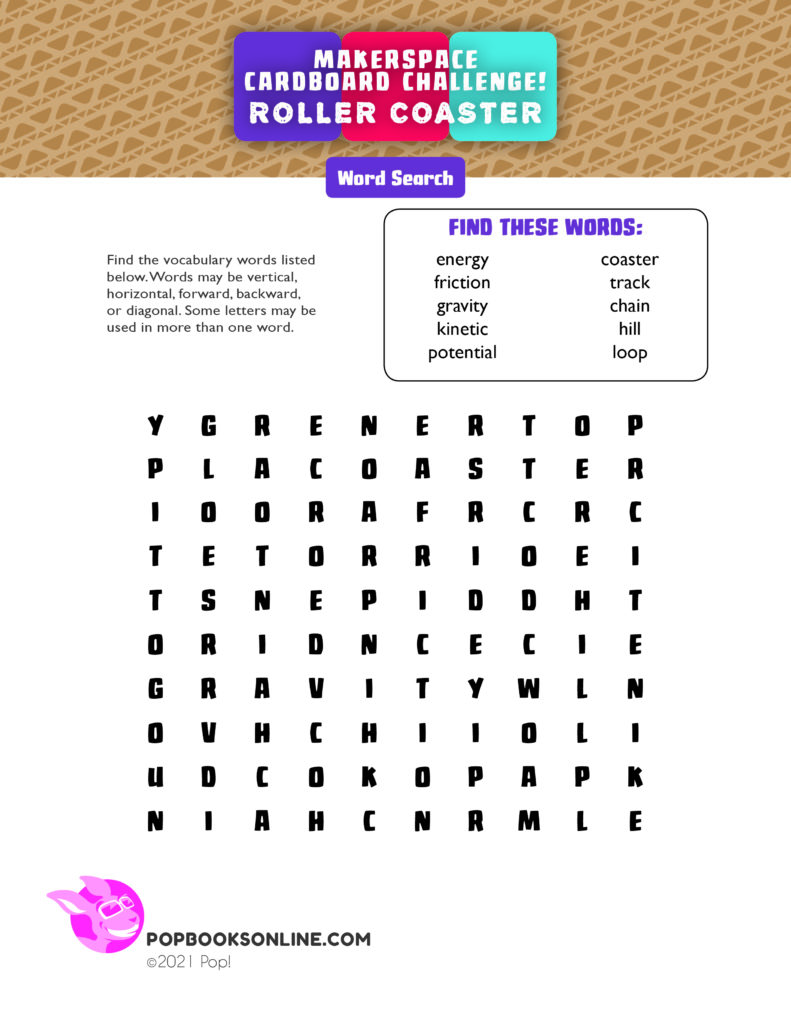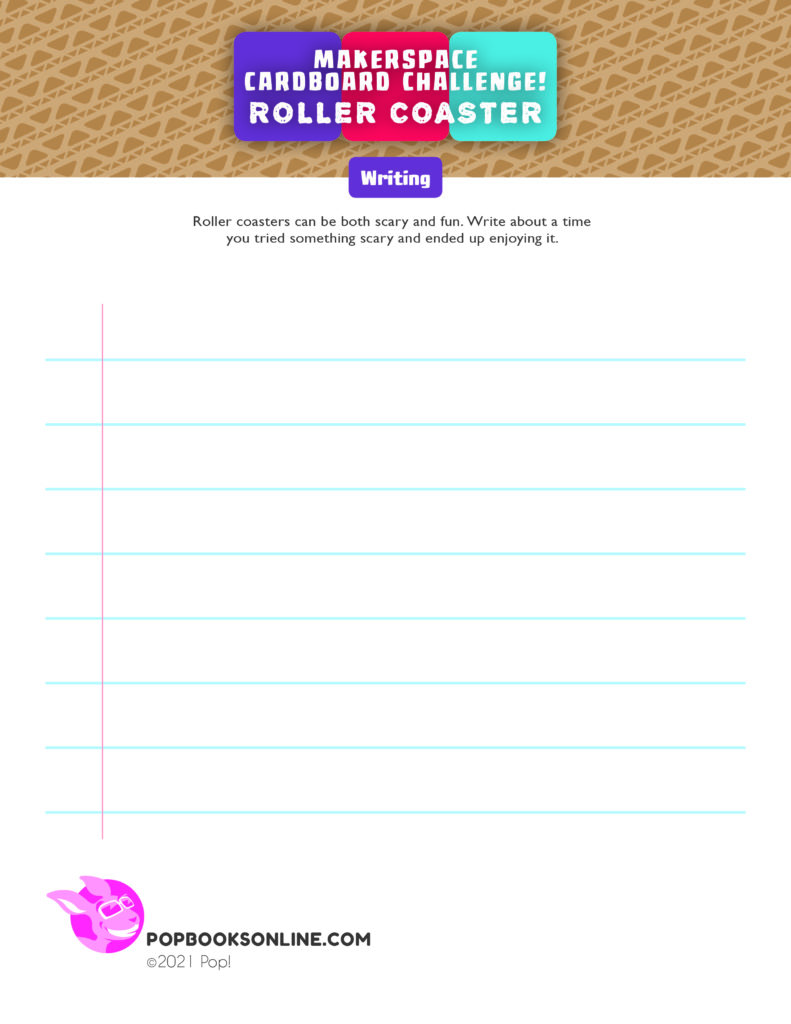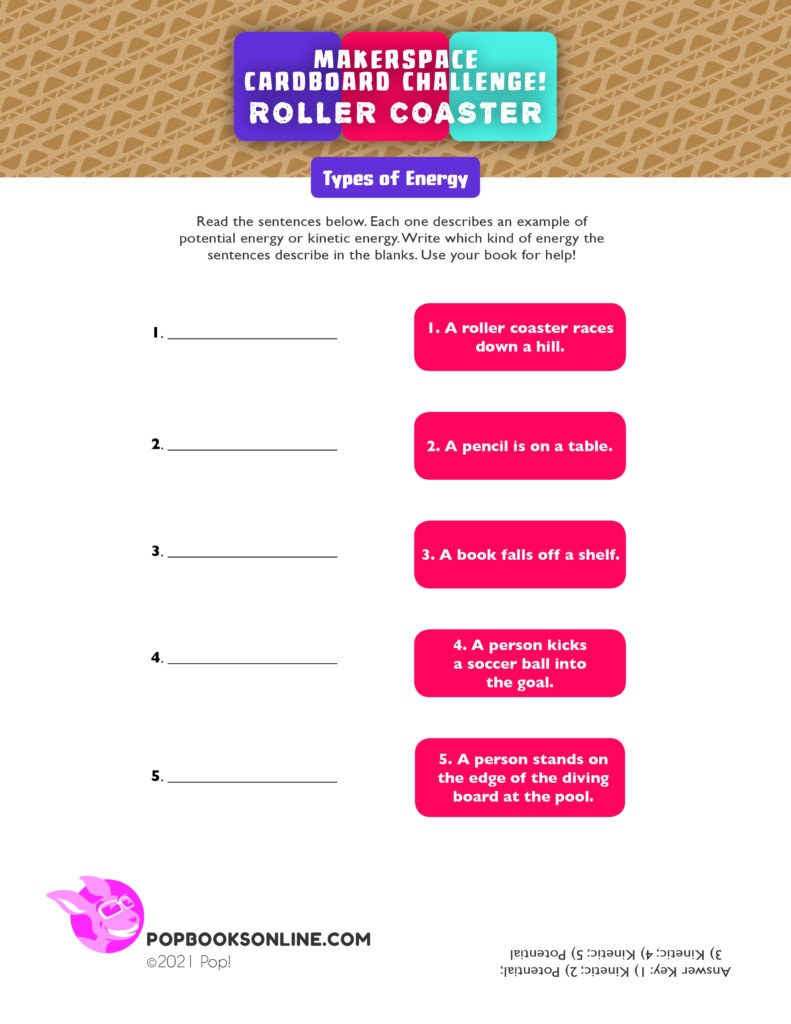The first roller coasters appeared in Russia in the 1500s. People covered huge wooden slides with ice. They rode sleds down the slides. Later, people in France covered slides with wax. They zoomed down the slides in wheeled carts. People first started putting cars on a track in France in 1817. Early coasters only had hills. Coasters today can have many different thrills. The coaster in this video has loops, curves, and hills.

Gravity pulls objects toward Earth’s center. Objects have potential energy because of their position against gravity. For example, these books are on a table. The table holds the books up. Imagine one book fell off the table. Gravity would pull it to the ground. When the book falls, its potential energy turns to kinetic energy. Once on the ground, the book stops moving. It no longer has kinetic energy.
Making Connections
Text-to-Self
Would you want to ride a roller coaster? Why or why not?
Text-to-Text
Have you read other books about forces and energy? What did you learn?
Text-to-World
Engineers test the safety of roller coasters before allowing people to ride them. What other machines would be important to test for safety?
Teacher Resources
Select a resource below to download the PDF.





